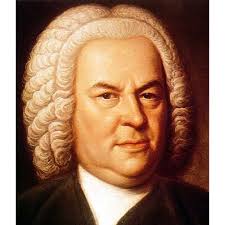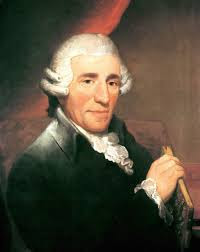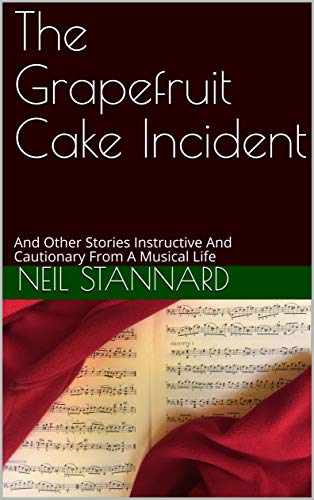Well, yes and no.
I recently read a comment from a pianist (?) who didn't like something I'd written about the relative benefits of practicing scales. This person
sounded angry. It may be because I propose using the body in the way it was designed to be used, which sets aside all those chattering old wives who think we need to train for physical strength. Folks who have been shooting themselves in the foot all their lives often don't like to hear that that approach does not produce excellent results.
So. Yes. We have to learn all scales, major and melodic minor, for two reasons. First, we need them as a function of keyboard harmony and topography. More importantly from a technical point of view, we need to be completely fluent coordinating thumb crossings in both hands. As interesting as they are, the harmonic minor scales don't really pop up in pianistic gymnastics all that often. But do include them, if you want, for a feeling of completeness.

And no. Once the scales are well worked-in and completely fluent in both hands together at a moderate tempo, there is no reason to practice them on a daily basis for technique. This is not an efficient use of time. When we confront scale passages in a piece of music, they are rarely (never?) in root position the way we learned them. So we have to practice them again anyway. I would rather spend time working on technical issues in the music itself. These are my etudes.
My critic also took issue with my mention of practicing scales in rhythms, something some of my early teachers advised without explaining why. (I don't think they knew why.) There is some confusion here. By practicing in rhythms, I mean stopping on each note in succession. For example, in running sixteenths with groups of four, stop on the first note, then the second, third and so on. The point seems to be to feel the weight of each finger when it takes its turn. This is more efficiently and easily accomplished by understanding how the forearm works on every note with every finger. (See chapters on forearm rotation.)
For the record, I have no objection to practicing scales with different pulses, as in duple, triple, quadruple. This is a good way to work on coordination.
I recently read a comment from a pianist (?) who didn't like something I'd written about the relative benefits of practicing scales. This person
sounded angry. It may be because I propose using the body in the way it was designed to be used, which sets aside all those chattering old wives who think we need to train for physical strength. Folks who have been shooting themselves in the foot all their lives often don't like to hear that that approach does not produce excellent results.
So. Yes. We have to learn all scales, major and melodic minor, for two reasons. First, we need them as a function of keyboard harmony and topography. More importantly from a technical point of view, we need to be completely fluent coordinating thumb crossings in both hands. As interesting as they are, the harmonic minor scales don't really pop up in pianistic gymnastics all that often. But do include them, if you want, for a feeling of completeness.

And no. Once the scales are well worked-in and completely fluent in both hands together at a moderate tempo, there is no reason to practice them on a daily basis for technique. This is not an efficient use of time. When we confront scale passages in a piece of music, they are rarely (never?) in root position the way we learned them. So we have to practice them again anyway. I would rather spend time working on technical issues in the music itself. These are my etudes.
My critic also took issue with my mention of practicing scales in rhythms, something some of my early teachers advised without explaining why. (I don't think they knew why.) There is some confusion here. By practicing in rhythms, I mean stopping on each note in succession. For example, in running sixteenths with groups of four, stop on the first note, then the second, third and so on. The point seems to be to feel the weight of each finger when it takes its turn. This is more efficiently and easily accomplished by understanding how the forearm works on every note with every finger. (See chapters on forearm rotation.)
For the record, I have no objection to practicing scales with different pulses, as in duple, triple, quadruple. This is a good way to work on coordination.




















